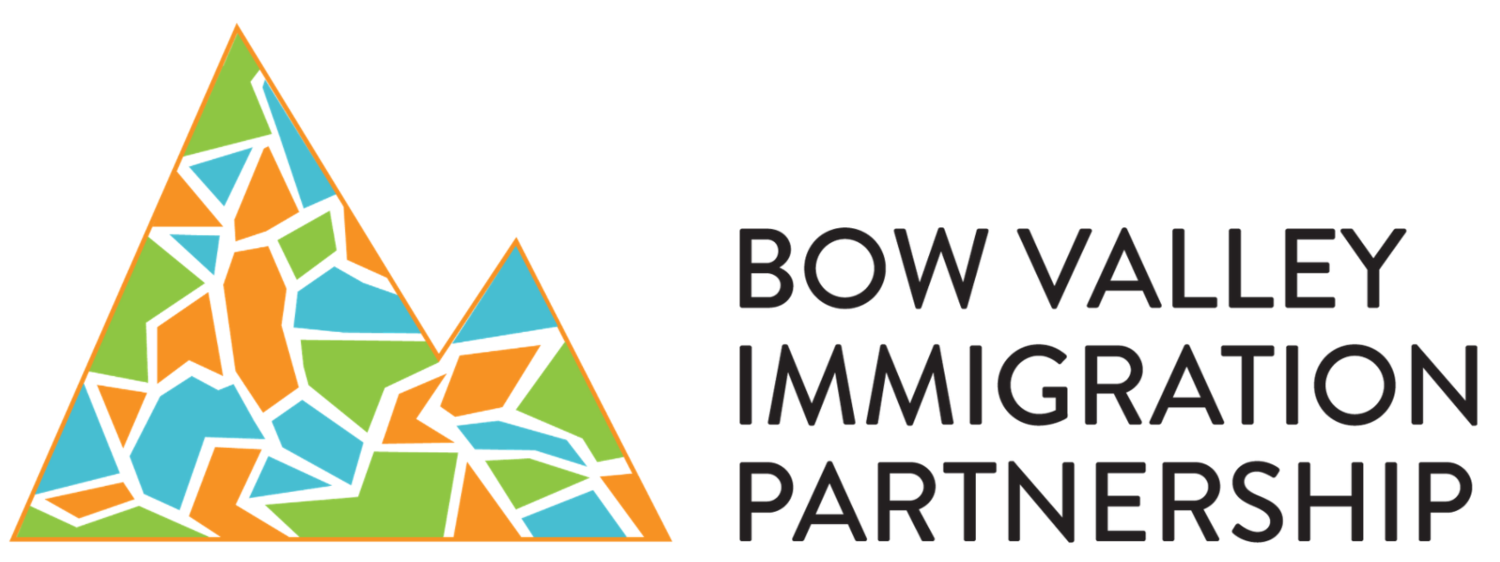Checklist: 27 Tips For Plain Language Documents
Follow these essential tips to make your documents clear and easy to understand for all audiences.
These tips have been adapted and reproduced with permission from Alberta Workforce Essential Skills (AWES).
Start By Organizing Your Information
1. State the purpose clearly at the beginning.
2. Tell readers how the document is organized.
3. Divide the document into appropriate sections with headings.
4. Put the most important information at the beginning of the document, and the beginning of each section.
💡 BVIP Tip: if there isn’t a specific order that the information needs to go in, list it in alphabetical order.
5. Include only the essential information. Don’t clutter the document with unneeded detail.
6. Organize information logically: chronologically, most important to least important, step-by-step, etc.
7. Use bulleted lists where appropriate instead of long sentences or paragraphs.
Always Use Plain Language
Organizing your document clearly helps readers know what to expect. This helps them better understand the content.
8. Use a friendly, personal tone such as “I, you, or we”.
9. Avoid using passive sentences: Use the active voice.
Passive: The room was cleaned by Sam.
Active: Sam cleaned the room.
10. Use common vocabulary instead of technical vocabulary.
For example, use ‘Cancer’, rather than ‘Oncology’
11. 💡 BVIP Tip: Avoid slang, idioms and “Canadian expressions”: These expressions can make simple ideas more difficult to understand. Use literal language where possible, for example:
Instead of saying ‘they are feeling ‘under the weather’, say ‘they feel sick’.
Instead of ‘give someone the benefit of the doubt’, say ‘trust what someone says’
Instead of ‘that costs an arm and a leg’, say ‘that is very expensive’.
11. Include plain language definitions of any technical vocabulary right in the document. Provide a glossary if there are many terms.
12. Spell out acronyms or abbreviations periodically throughout the document. Provide a glossary if there are many acronyms or abbreviations the audience must learn.
Make Your Document Easily Readable
Your document should be easy to read.
13. Keep sentences short (15-20 words) with only one idea.
14. Keep paragraphs short with one idea per paragraph.
15. Measure the readability level.
Aim for Grade 8 or lower for the general public, or at a level appropriate for your audience. We aim to write at a grade 6 level.
You can use Microsoft Words Readability Tool to help with this.
Design Your Document for Clarity
Clear documents are easier to read and understand.
Fonts
16. Use a different font style for headings and subheadings versus the body text.
17. Avoid using ALL CAPS or italicized print.
18. Use a 12 point or larger font size.
19. Use only two or three standard font styles, such as Times New Roman or Arial.
20. Use dark print on a light background.
21. Use bolded white print on a dark background sparingly.
Formatting
22. Highlight important information on the page by using a box around it, or some other design technique.
23. Use white space on the page, one-inch margins, and white space between paragraphs and sections. Do not crowd the page with text or graphics.
24. Use left justification of all body text, including text in columns.
Images and Illustrations
25. Use simple, realistic line drawings or photos to illustrate key points.
26. Put brief plain language captions underneath or beside graphics to reinforce the message.
27. Use images and photos that the audience for the document.
That’s it! This checklist is just the beginning of creating documents in plain language. For more tools, resources, and tips, see the resources below.
More Resources:
Video Tutorial: A Clear Message: Plain Language Writing and Design | Step-By-Step Guide
Adult learning opportunities with the Bow Valley Learning Council
Language Instruction for Newcomers to Canada (LINC) (no-cost for Permanent Residents) with Bow Valley College
Microsoft Word Readability Tool: Aim for a reading level of 6-8.
ABC Life Literacy Canada: Canadian literacy & learning network promoting adult learning
US Government Plain Language Guidelines and Resources
List of simple words and phrases
Checklist for plain language on the web




